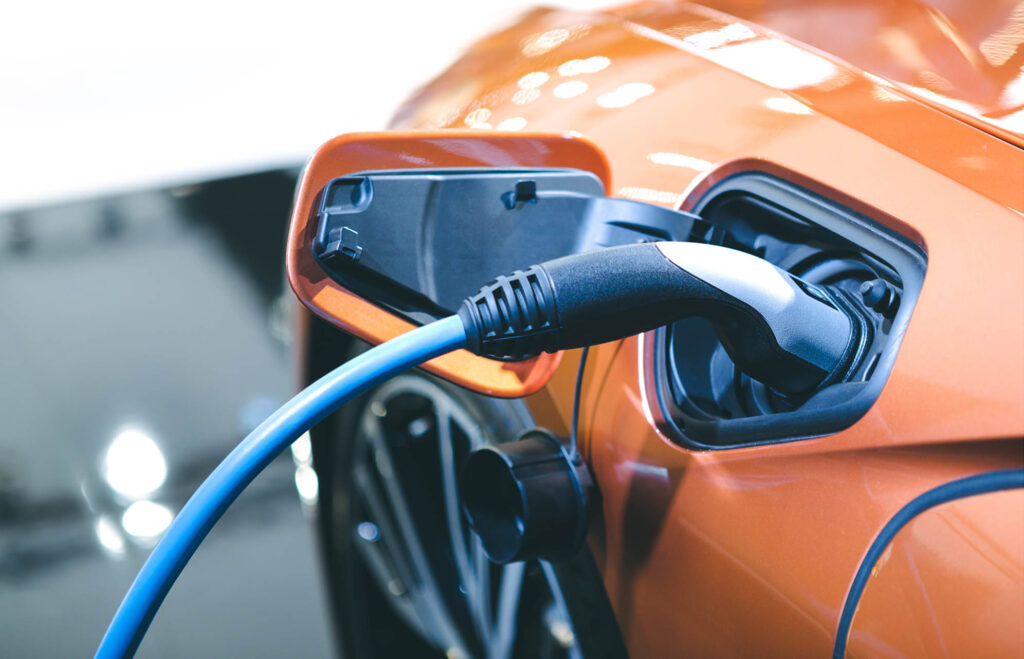Electric cars have batteries that store electrical energy and this electric power needs to be recharged. For that we need a special charger that is connected to the electric car charger socket.
Electric cars that are produced generally already use an on-board charger. Where the electric charger is already embedded in the car itself.
There are two types of electric car battery charging processes. The first is to use AC 220V, which is taken from household electricity.
The charger used in general is a wall charger that is integrated with an electricity meter, a travel adapter that is connected to a power outlet, or an AC fast charger.
Using a charger head with an AC Type 2 socket with 5 large socket pin holes and 2 small socket pins.
The AC current that flows from the charger is received to the inverter component. The inverter will convert AC electric current into DC electric current which is needed by the battery and stored in it.
The second is DC electric current which is used for fast charging. The charger used is also different, namely a fast charger with a CCS2 socket type, which is like AC Type 2 but with 2 large socket pin holes underneath.
AC current from electricity has been converted in the charger so that it directly flows DC electric current. From the charger, the electricity that enters the electric car is in the form of DC electric current.
The role of the inverter here is only to continue the incoming electricity to be stored in the battery.
Because there is no process of converting AC electric current to DC electric current, the battery charging time can be faster than AC 220V.
